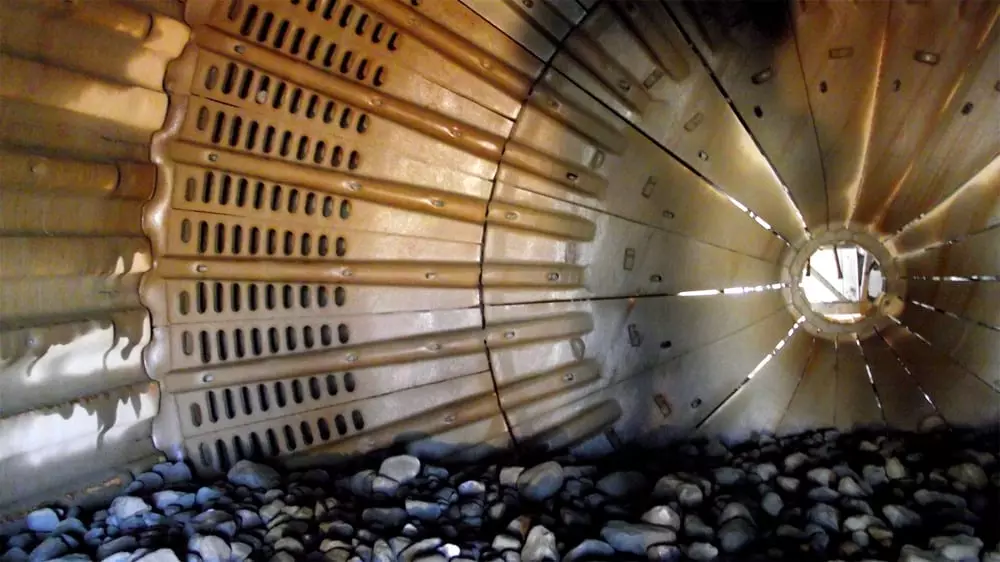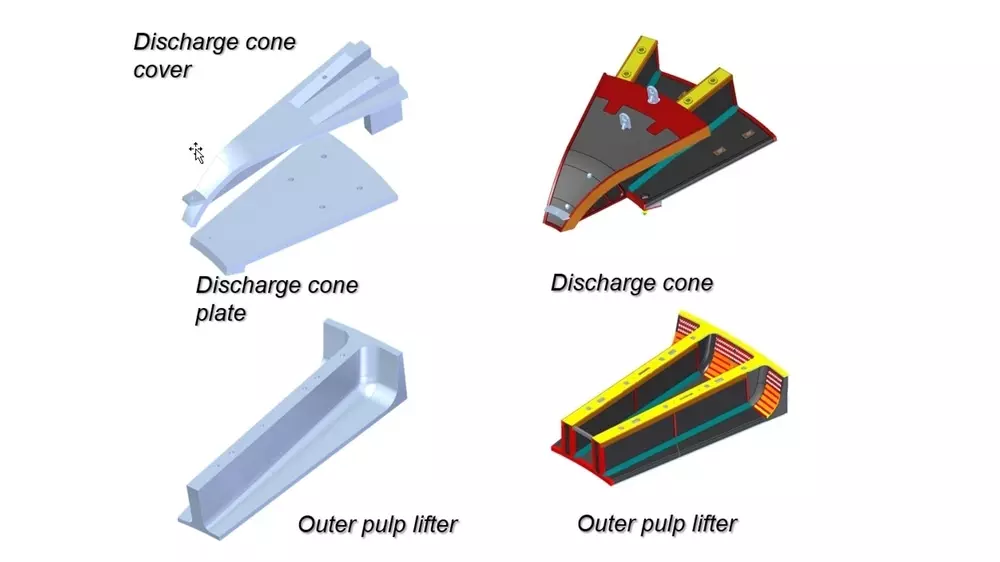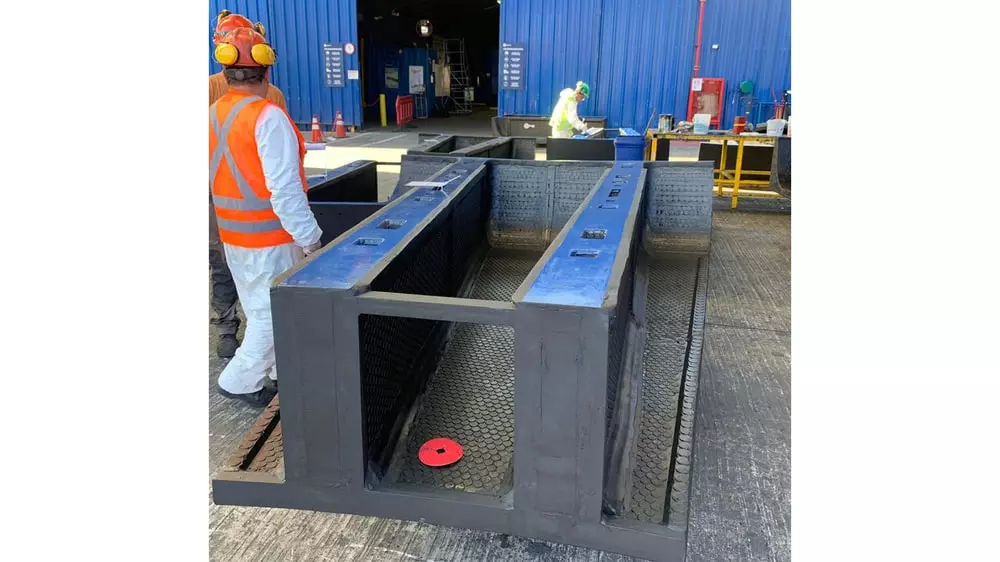-
How an issue with SAG mill dischargers become a nine-year-and-counting collaboration
Called to scene
At an open pit polymetallic mine in Mexico, there were problems afoot in the two 38 ft diameter SAG mills. At the heart of things: the design of the steel discharger linings. Adopted to reduce the number of lining pieces and thus shorten installation time, the design was having some unintended – and serious – consequences.
- Bolt breakage that resulted in pulp leakage into the mill’s hydraulic system. The time needed to replace the broken bolts and maintain the hydraulics was significant. Mine throughput was suffering as a result.
- Excessive wear in the centre cone of the discharger that left large gaps between the cones. These gaps allowed the flow of fine material into the mill, reducing grinding efficiency.

We were invited to the mine to evaluate the mills and suggest opportunities for improvements. This was back in 2011. When onsite, we could see the contaminated water leaking through the bolt holes. We also discovered a number of other issues with the trommel panels, water spray and adapter, as well as the trunnion adapter.
Searching for solutions
After seeing what needed to be done, we went into action with solutions to address the challenges and improved SAG milling performance. We started with the discharge liner design – and our PulpMax™ composite mill liners.
We were able to reduce the number of parts from 72 to 27 and added hard steel and additional ceramic elements to the discharger to improve wear life. This reduced installation time and extended the intervals between liner replacement. It also eliminated the problem with bolt breakage and backflow of fine material into the mill.

This success was just the beginning, opening the door for us to address other issues we had identified and further improving SAG mill performance.
A long and rewarding collaboration
Among the results achieved by our solutions at the mine are:
- A 42.5 hour reduction in downtime due to bolt breakage.
- A 54% reduction in discharger weight.
- A 70 day increase in discharger wear life – the equivalent of 4.3 million tonnes of production.
- Higher grinding efficiency and reduced power draw.
- Increased trommel wear life and efficiency.
